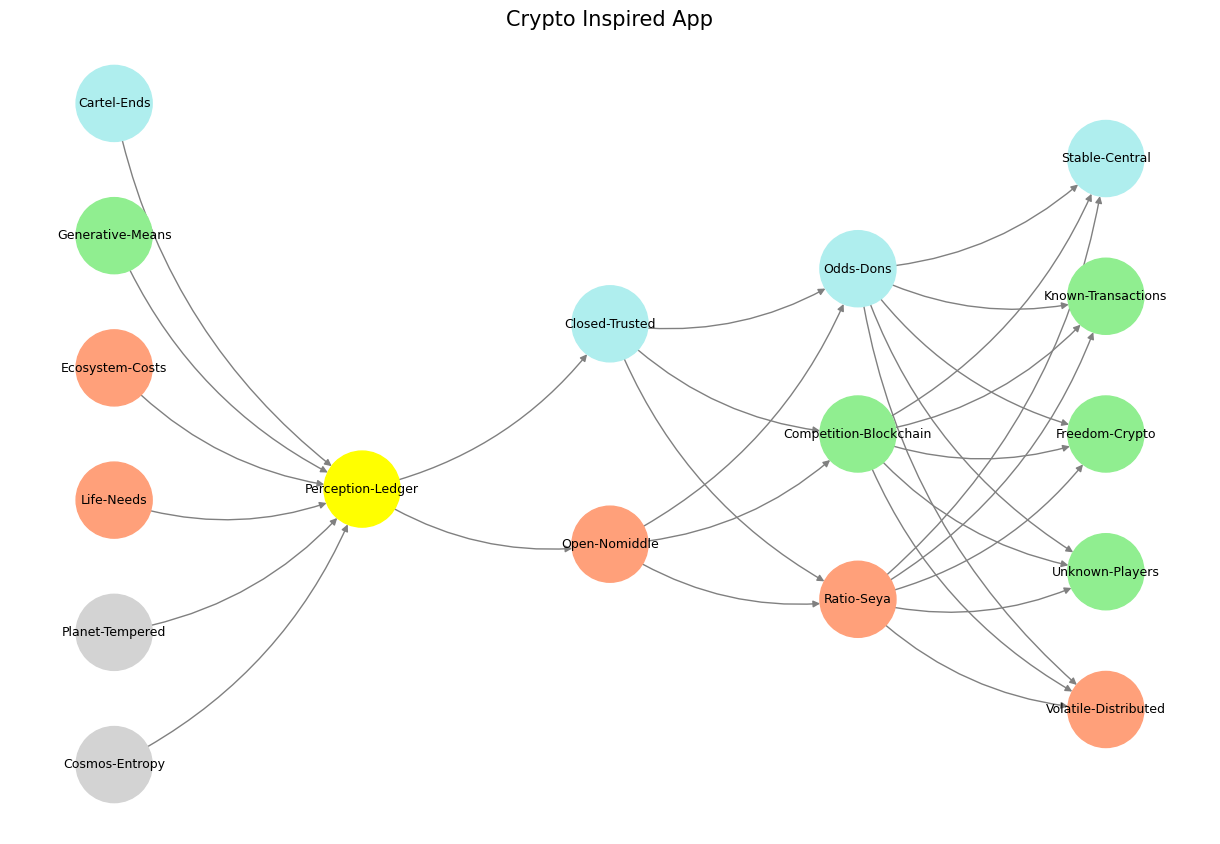Base#
Blends, at their core, are a celebration of complexity—an embrace of what emerges when disparate elements combine to create something new, something greater than the sum of its parts. In a neural network, the generative layer serves much the same purpose. It takes the raw inputs—individual, sometimes flawed components—and reconfigures them, weaving their distinct characteristics into something novel, something with emergent potential. Blends, like the generative layer, thrive on possibility, on the interplay between different nodes, textures, and tones, where imperfections are not masked but integrated into a richer whole. They symbolize a fluidity, a willingness to experiment, to transcend rigid boundaries in pursuit of depth and nuance.
Fig. 25 The Next Time Your Horse is Behaving Well, Sell it. The numbers in private equity don’t add up because its very much like a betting in a horse race. Too many entrants and exits for anyone to have a reliable dataset with which to estimate odds for any horse-jokey vs. the others for quinella, trifecta, superfecta#
Contrast this with purity—whether in the form of a single malt whisky, an unadulterated coffee, or the rigid hierarchies of Anglican tradition. Purity insists on clarity of identity, on preserving the essence of what a thing is. The British-Scottish snobbery surrounding purity is an assertion of control, an act of defiance against the chaotic interplay of blends. It seeks to distill, to isolate, to perfect, as if virtue lies in stripping away anything extraneous. In this worldview, a single malt represents authenticity, a moral ideal of craftsmanship unmarred by compromise. Likewise, in Anglicanism, there is a certain reverence for order, for the clean lines of liturgy, for an aesthetic of restraint and dignity. Purity is a refusal to be tainted by the messiness of the world—a desire to taste something not as it could be, but as it should be.
Yet, there is something inherently lonely about purity. To isolate a thing’s essence is to sever it from the context of interplay, from the relationships that give it life. The faults of a single malt or a pure java may be celebrated as part of its character, but they are also frozen, static, locked within the confines of their own identity. A blend, by contrast, is dynamic—a symphony of voices, each contributing something unique, even as they harmonize. It is in the blend that one finds movement, growth, and transformation, much as the generative layer of a neural network transforms inputs into outputs that reflect not just the parts but the creative tension between them.
To embrace blends is to accept imperfection as a source of strength, to see potential in the faults as well as the virtues. It is a rejection of snobbery, a refusal to fetishize purity at the expense of richness. The generative layer of a neural network doesn’t strive for purity; it strives for emergence, for something unexpected and new. And perhaps that is the lesson blends offer: that perfection is not in isolation but in connection, not in singularity but in the collective, the chaotic, the beautifully flawed whole.
Show code cell source
import numpy as np
import matplotlib.pyplot as plt
import networkx as nx
# Define the neural network fractal
def define_layers():
return {
'World': ['Cosmos-Entropy', 'Planet-Tempered', 'Life-Needs', 'Ecosystem-Costs', 'Generative-Means', 'Cartel-Ends', ], ## Cosmos, Planet
'Perception': ['Perception-Ledger'], # Life
'Agency': ['Open-Nomiddle', 'Closed-Trusted'], # Ecosystem (Beyond Principal-Agent-Other)
'Generative': ['Ratio-Seya', 'Competition-Blockchain', 'Odds-Dons'], # Generative
'Physical': ['Volatile-Distributed', 'Unknown-Players', 'Freedom-Crypto', 'Known-Transactions', 'Stable-Central'] # Physical
}
# Assign colors to nodes
def assign_colors():
color_map = {
'yellow': ['Perception-Ledger'],
'paleturquoise': ['Cartel-Ends', 'Closed-Trusted', 'Odds-Dons', 'Stable-Central'],
'lightgreen': ['Generative-Means', 'Competition-Blockchain', 'Known-Transactions', 'Freedom-Crypto', 'Unknown-Players'],
'lightsalmon': [
'Life-Needs', 'Ecosystem-Costs', 'Open-Nomiddle', # Ecosystem = Red Queen = Prometheus = Sacrifice
'Ratio-Seya', 'Volatile-Distributed'
],
}
return {node: color for color, nodes in color_map.items() for node in nodes}
# Calculate positions for nodes
def calculate_positions(layer, x_offset):
y_positions = np.linspace(-len(layer) / 2, len(layer) / 2, len(layer))
return [(x_offset, y) for y in y_positions]
# Create and visualize the neural network graph
def visualize_nn():
layers = define_layers()
colors = assign_colors()
G = nx.DiGraph()
pos = {}
node_colors = []
# Add nodes and assign positions
for i, (layer_name, nodes) in enumerate(layers.items()):
positions = calculate_positions(nodes, x_offset=i * 2)
for node, position in zip(nodes, positions):
G.add_node(node, layer=layer_name)
pos[node] = position
node_colors.append(colors.get(node, 'lightgray')) # Default color fallback
# Add edges (automated for consecutive layers)
layer_names = list(layers.keys())
for i in range(len(layer_names) - 1):
source_layer, target_layer = layer_names[i], layer_names[i + 1]
for source in layers[source_layer]:
for target in layers[target_layer]:
G.add_edge(source, target)
# Draw the graph
plt.figure(figsize=(12, 8))
nx.draw(
G, pos, with_labels=True, node_color=node_colors, edge_color='gray',
node_size=3000, font_size=9, connectionstyle="arc3,rad=0.2"
)
plt.title("Crypto Inspired App", fontsize=15)
plt.show()
# Run the visualization
visualize_nn()

#
Fig. 26 From a Pianist View. Left hand voices the mode and defines harmony. Right hand voice leads freely extend and alter modal landscapes. In R&B that typically manifests as 9ths, 11ths, 13ths. Passing chords and leading notes are often chromatic in the genre. Music is evocative because it transmits information that traverses through a primeval pattern-recognizing architecture that demands a classification of what you confront as the sort for feeding & breeding or fight & flight. It’s thus a very high-risk, high-error business if successful. We may engage in pattern recognition in literature too: concluding by inspection but erroneously that his silent companion was engaged in mental composition he reflected on the pleasures derived from literature of instruction rather than of amusement as he himself had applied to the works of William Shakespeare more than once for the solution of difficult problems in imaginary or real life. Source: Ulysses#

